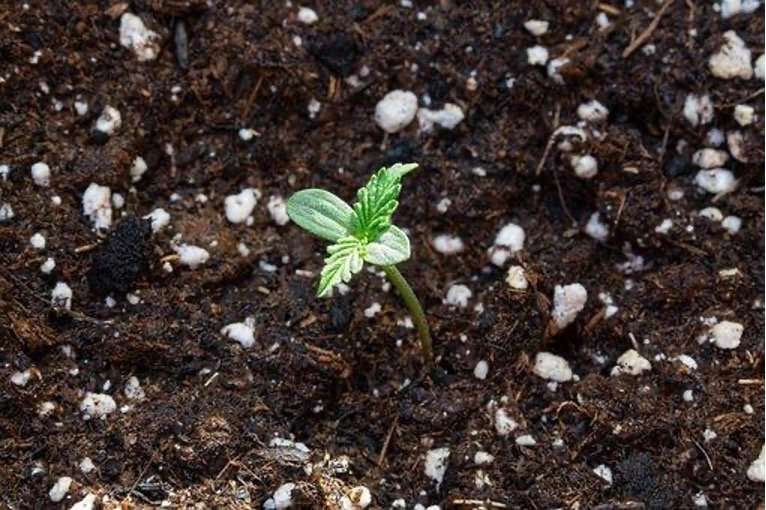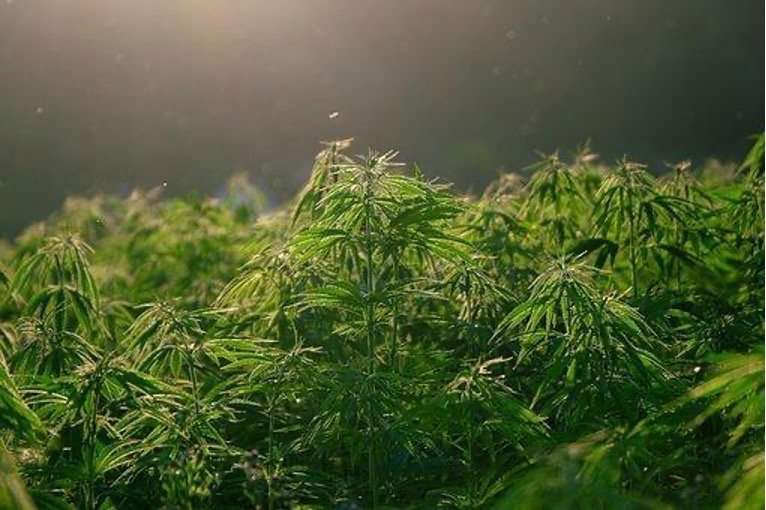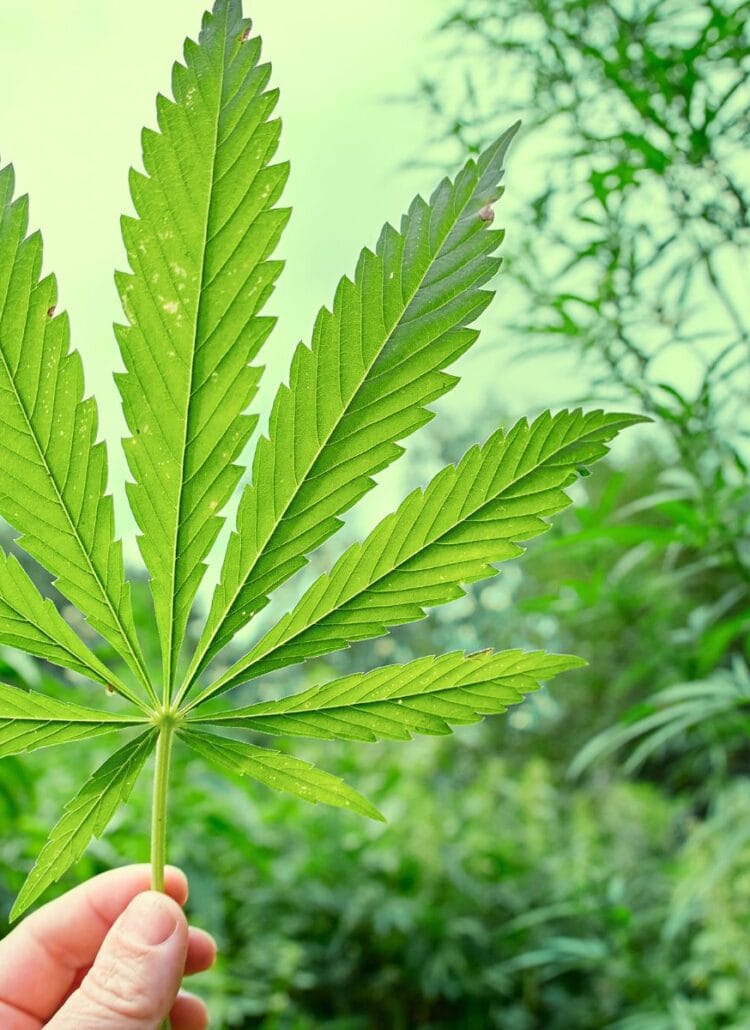
Cannabis, also popularly known as marijuana or weed, is one of the most resilient plants. That explains why a plant that was once indigenous to Asia can now thrive in virtually any region worldwide. What does this mean for aspiring marijuana growers?
Theoretically, minimal care translates to bumpy harvests. Unlike many other herbs, you don’t have to implement an intensive care program on your cannabis plants to realize significant yields. But as you shall find, this is not always the case.
Cannabis, like any other plant, requires a perfect growing environment. Growing marijuana under ideal conditions, coupled with the plant’s incredible resilience, is the surest way to reap maximum yields from your weed farming project. Nutrients constitute a key element of the perfect marijuana grow environment. In this post, we highlight the top five nutrients you must use when cultivating cannabis.
1. Nitrogen
Nitrogen is an essential mineral that supports healthy plant growth and development. So, it comes as no surprise that this mineral tops the most important cannabis nutrients list.
First, nitrogen plays a key role in the development of marijuana during the plant’s vegetative stage. The vegetative stage refers to the period of growth between cannabis germination and flowering.
Nitrogen is also an important constituent of chlorophyll. Chlorophyll is the green coloring matter that helps plants carry out photosynthesis, which gives out energy as one of the major beneficial by-products. Nitrogen deficiency may affect how effectively your cannabis plants carry out photosynthesis. Ultimately, this can stifle the plants’ growth as they lack sufficient energy to carry out other crucial physiological functions.
Last but not least, nitrogen constitutes the amino acids present in marijuana plants. Amino acids form the building blocks of plant nutrients. They help plants to grow healthy and strong.
2. Potassium
Potassium is an essential mineral involved in osmoregulation – maintaining osmotic balance in the body of an organism. Osmoregulation ensures that there’s just about enough salt and water in your cannabis plants at any given time. This prevents the death or wilting that may result from the oversaturation of water or other mineral salts.
In plants, osmoregulation occurs through microscopic pores in the leaves, known as stomata. On these sites, the exchange of essential compounds, such as water, oxygen, and carbon dioxide, takes place. And this is where potassium comes in – regulating the opening and closing of stomata.
Besides its key role in osmoregulation, potassium can also boost ATP (Adenosine Triphosphate) production. This improves your plants’ ability to store energy through glucose synthesis during photosynthesis.

3. Magnesium
Magnesium is the central atom in the chlorophyll molecule in plants. Therefore, the nutrient plays a fundamental role in boosting photosynthesis and energy production. Magnesium deficiency could result in stunted growth, which is usually characterized by yellowing leaves and discolored veins. It means that your marijuana plants cannot harness sunlight effectively to produce energy.
But magnesium doesn’t only aid in the production of glucose through photosynthesis. The mineral also facilitates glucose metabolism. Protein synthesis is another significant role that magnesium plays in cannabis plants. Remember, the protein forms the building blocks of all plant matter. Without it, the plants lose their structural integrity.
Lastly, magnesium stimulates various plant enzymes required for normal growth and development. The implication here is that without magnesium, many other plant nutrients remain in a state of inertia.

4. Phosphorus
Phosphorus is another essential nutrient involved in photosynthesis. The mineral has plenty of other uses, which explains its presence in every living plant cell.
Phosphorus plays a central role in all the crucial stages involved in transferring energy from light into sugar during photosynthesis. The mineral also works synergistically with magnesium to speed up the rate at which other nutrients move within the plant. That ensures all parts of your cannabis plants experience consistent growth.
Phosphorus is also involved in carrying out genetic information. This is of immense interest to marijuana cultivators. You want to discard low-yielding genes and retain the most resilient ones.
Some of the signs of phosphorus deficiency in cannabis include under-developed root systems and diminished buds. Phosphorus deficiency may also cause your marijuana plants to fail to produce flowers. If the plants are in their earlier growth stages, their leaves may display purple tints.

5. Calcium
Calcium is famous for its ability to strengthen bones in mammals. Well, your marijuana plants have no bones to support. However, there are numerous other ways cannabis plants can benefit from calcium-rich fertilizers.
First, calcium is the element responsible for the definite shape of all plant cells. The mineral keeps the cell walls intact and helps in the proper development of new cells.
Calcium deficiency may result in malfunctioning cells. Remember that all vital functions in any organism emanate from within the cells. So, significant calcium deficiency in cannabis means your plants will not get any far in their growth and development. What results is stunted growth, which is normally characterized by curly leaves and rusty spots.
Calcium also participates in other critical metabolic processes in marijuana plants. Plus, it plays a key role in stabilizing soil structure.
The Bottom Line
Besides the top nutrients above, cannabis plants also need other macronutrients like carbon, hydrogen, oxygen, and carbon dioxide. Fortunately, these nutrients are readily available from water and air. Therefore, they don’t require supplementation.
Pin This Post


Share This Post





